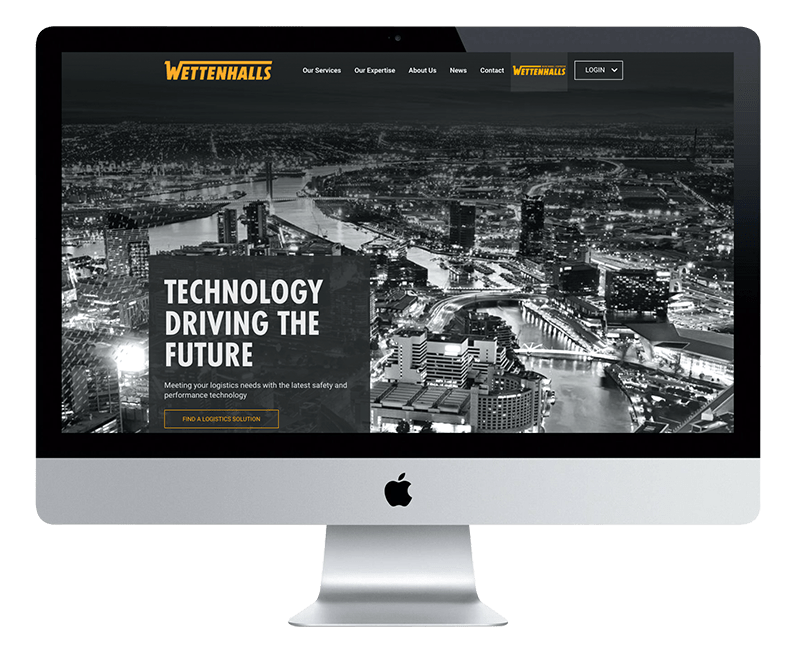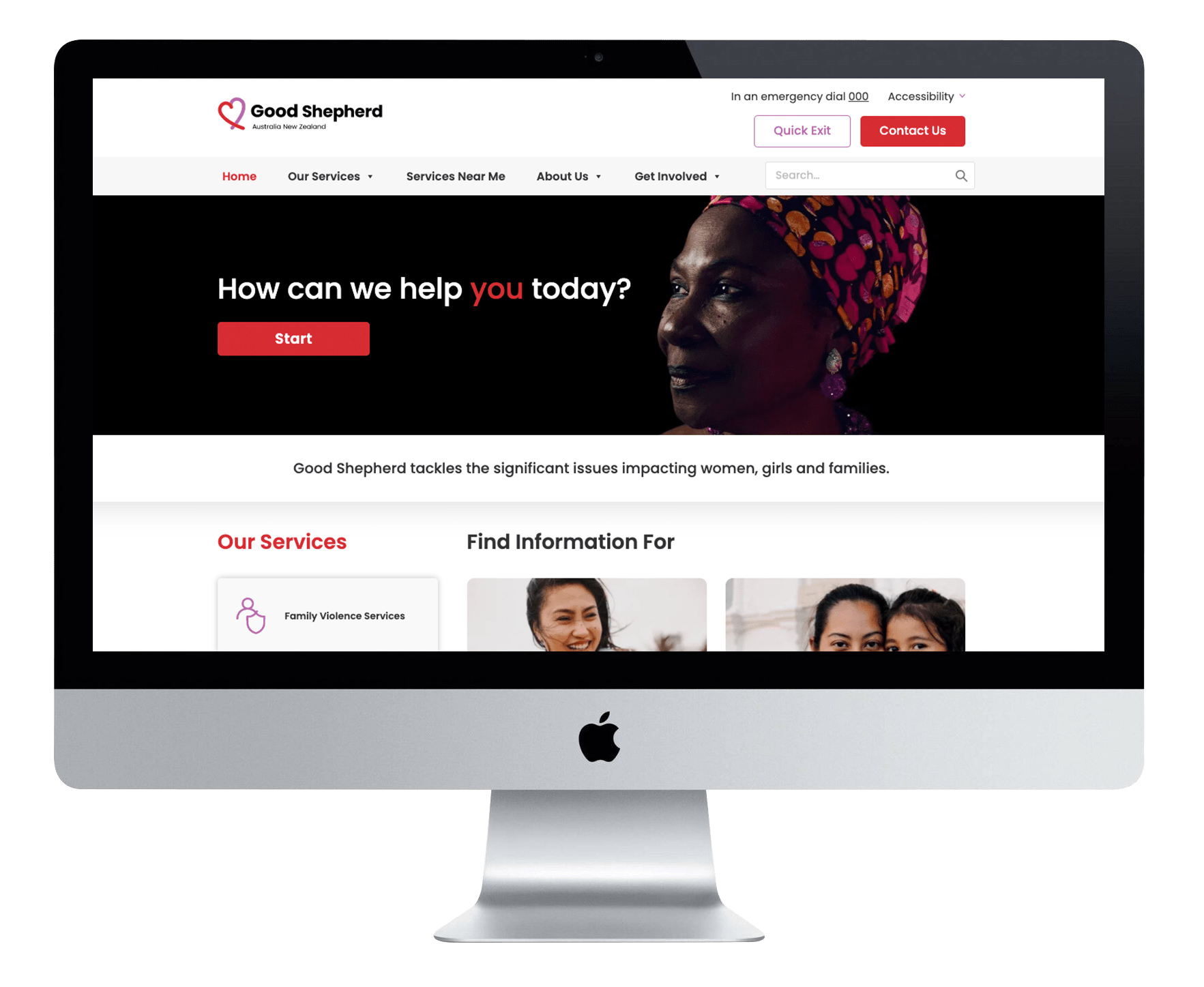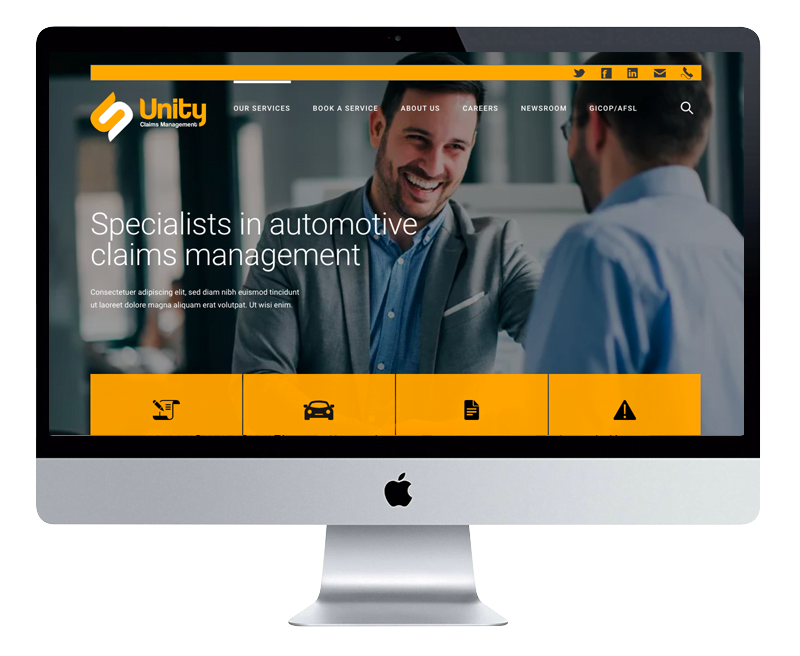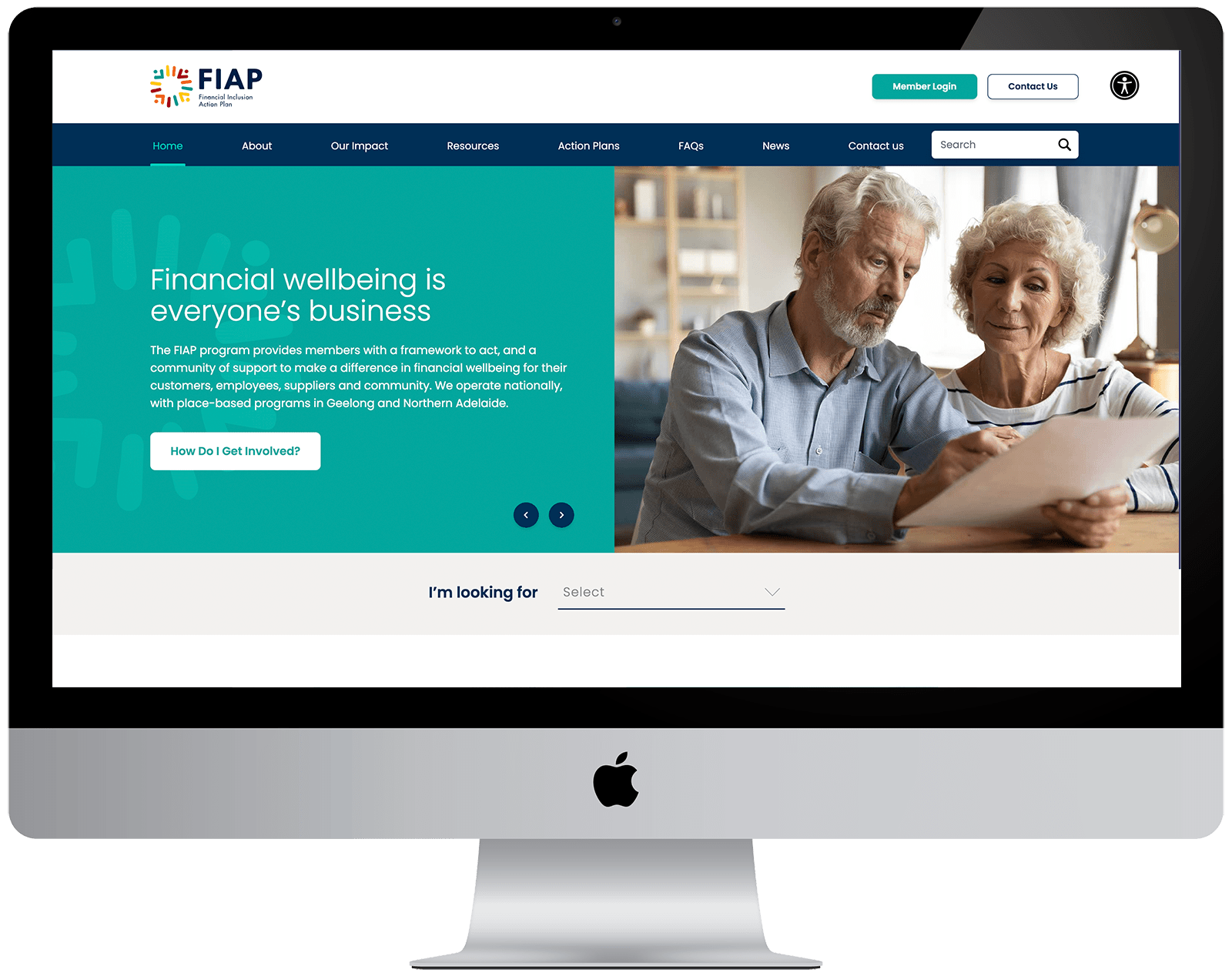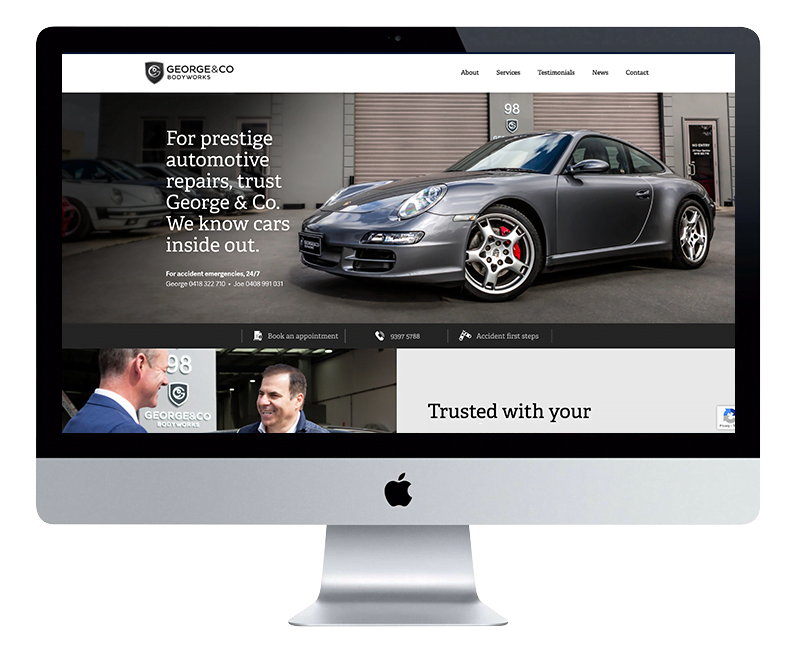Unleashing the Power of User-Friendly CMS
In today’s digital era, having a user-friendly CMS is crucial for creating and managing a successful website. A user-friendly CMS simplifies the process of website creation and maintenance, making it accessible to users of all technical skill levels. One of the most popular and highly regarded user-friendly CMS platforms is WordPress.
Benefits of a User-Friendly CMS
A user-friendly CMS offers numerous benefits that contribute to a seamless website creation and management experience. By understanding these advantages, you can make an informed decision about choosing the right CMS for your needs.
Easy setup and installation
A user-friendly CMS like WordPress allows for quick and effortless installation, even for individuals with limited technical expertise. With just a few simple steps, you can have your website up and running in no time.
WordPress boasts an intuitive user interface that simplifies the content management process. Its clean and organized dashboard allows users to navigate through various settings and options with ease, eliminating confusion and streamlining the website management experience.
Content creation and management made simple
With WordPress, content creation becomes a breeze. The platform offers a powerful WYSIWYG (What You See Is What You Get) editor, enabling users to format and publish content without any knowledge of coding. Whether you’re creating blog posts, pages, or even an online store, WordPress provides a user-friendly environment for managing your content effectively.
Customization options for a personalized website
WordPress offers a wide range of themes and templates, allowing users to customize the appearance and layout of their websites. With a user-friendly interface and an extensive theme library, you can easily create a personalized website that reflects your brand identity and style.
Seamless plugin integration for added functionality
WordPress features a vast plugin library, offering additional functionality to enhance your website. Whether you need to integrate social media sharing buttons, improve SEO, or add e-commerce capabilities, there’s a plugin available to fulfill your requirements. The user-friendly plugin installation process makes it simple to install and activate plugins, empowering you to add new features and functionality to your website without the need for advanced technical skills.
User-Friendly Features of WordPress
WordPress stands out as a user-friendly CMS due to its array of features designed to simplify website management. Let’s explore some of the key user-friendly features that make WordPress a top choice for website owners.
Simple installation process
Getting started with WordPress is a breeze. Many web hosting providers offer one-click WordPress installations, automating the setup process and saving you time and effort. Within minutes, you can have a fully functional WordPress website up and running.
Intuitive dashboard and user interface
Once you’ve installed WordPress, you’ll be greeted with a user-friendly dashboard. The dashboard serves as the control center for managing your website. With its clean and organized interface, you can easily navigate through menus, customize settings, and access all the essential features and functionalities of your website.
WYSIWYG editor for easy content creation
Creating and editing content in WordPress is a user-friendly experience, thanks to its WYSIWYG editor. This editor allows you to format text, insert images and videos, and apply styling without any coding knowledge. You can see exactly how your content will look while you’re editing, making it easy to create visually appealing and engaging posts and pages.
Flexible and customisable themes
WordPress offers a wide range of themes that cater to different industries, styles, and purposes. These themes provide a solid foundation for your website’s design and layout. With a user-friendly theme selection interface, you can browse and preview themes, customize colors, fonts, and layouts, and create a visually stunning website that aligns with your brand.
Extensive plugin library for enhanced functionality
One of the standout features of WordPress is its extensive plugin library. Plugins are add-ons that extend the functionality of your website. Whether you need to enhance your site’s performance, improve SEO, add contact forms, or integrate social media sharing buttons, there’s a plugin available to meet your needs. The user-friendly plugin installation process allows you to search, install, and activate plugins with just a few clicks, without any coding knowledge required.
Enhancing User Experience with WordPress
In addition to its user-friendly features, WordPress excels at providing a positive user experience for website visitors. Let’s explore how WordPress enhances user experience and keeps your audience engaged.
Responsive design for mobile optimization
With the increasing use of mobile devices, having a mobile-friendly website is essential. WordPress offers a wide selection of responsive themes that adapt to different screen sizes and resolutions. This ensures that your website looks great and functions seamlessly on smartphones, tablets, and desktops, providing an optimal browsing experience for your visitors.
Search engine optimization (SEO) friendly features
WordPress is well-known for its built-in SEO features that help improve your website’s visibility in search engine results. From customizable permalinks to meta tags and alt attributes for images, WordPress makes it easy to optimize your content for search engines. Additionally, there are numerous SEO plugins available that provide advanced SEO functionality and guidance, making it simple for you to optimize your website and improve its ranking in search engines.
User-friendly media management
Managing media files such as images, videos, and documents is effortless with WordPress. The platform offers a user-friendly media library where you can upload, organize, and search for media files. With drag-and-drop functionality and the ability to add alt tags and descriptions, you can optimize your media files for accessibility and SEO, enhancing the overall user experience.
Accessibility and user accessibility tools
WordPress places importance on accessibility, ensuring that your website is inclusive and can be accessed by users with disabilities. The platform adheres to web accessibility standards, allowing you to create a website that is navigable by assistive technologies. Additionally
, there are accessibility plugins available that offer additional features such as text resizing, color contrast adjustments, and keyboard navigation options, further enhancing the accessibility of your website.
Tips for Optimizing WordPress for User-Friendliness
While WordPress provides a user-friendly environment, there are certain steps you can take to optimize your website for an even better user experience. Consider implementing the following tips:
Choosing a responsive theme
Select a responsive theme that adapts to different screen sizes and provides a seamless browsing experience across devices. Responsive themes ensure that your content is easily accessible and readable, regardless of the device your visitors are using.
Installing essential plugins for enhanced functionality
Carefully choose and install essential plugins that enhance the functionality of your website. Plugins for caching, image optimization, security, and SEO can significantly improve the performance and user experience of your WordPress site.
Optimizing website speed and performance
A slow-loading website can frustrate visitors and negatively impact user experience. Optimize your website’s speed by optimizing images, using caching plugins, and choosing a reliable hosting provider. A fast-loading website not only improves user experience but also helps with search engine rankings.
Create a clear and intuitive navigation menu that helps visitors easily find the information they are looking for. Organize your content into logical categories and use descriptive labels for menu items. A well-structured website ensures that users can navigate your site effortlessly.
Regularly updating and maintaining the CMS
Stay on top of WordPress updates and regularly update your themes and plugins. Updates often include bug fixes, security patches, and new features that improve user experience. Additionally, ensure that your website’s content is up to date and relevant, providing users with accurate and valuable information.
By implementing these optimization techniques, you can enhance the user-friendliness of your WordPress website and provide an exceptional browsing experience for your visitors.
Common Challenges and Solutions with User-Friendly CMS
While user-friendly CMS platforms like WordPress offer simplicity and ease of use, there are some common challenges that users may encounter. Here are a few challenges and their potential solutions:
Learning curve for beginners
For users who are new to WordPress or website creation in general, there may be a learning curve involved. However, WordPress provides extensive documentation, tutorials, and a supportive community that can help beginners get started. Taking advantage of these resources can significantly reduce the learning curve and make the process more accessible.
Technical issues and troubleshooting
Occasionally, users may encounter technical issues or face challenges while using WordPress. The good news is that there are numerous online forums, support communities, and documentation available where users can find solutions to common problems. Additionally, hiring a professional developer or utilizing the services of a WordPress support team can help resolve technical issues efficiently.
Security concerns and measures
As with any website, security is a significant concern. However, WordPress takes security seriously and regularly releases updates and patches to address vulnerabilities. Users can enhance security by keeping their WordPress core, themes, and plugins up to date, using strong passwords, and utilizing security plugins that offer features such as malware scanning, firewall protection, and login security.
By understanding these challenges and taking appropriate measures, users can overcome them and make the most of the user-friendly features of WordPress.
Conclusion
In conclusion, a user-friendly CMS is essential for creating and managing a successful website. WordPress stands out as a top choice due to its intuitive interface, easy content management, customization options, and extensive plugin library. With its user-friendly features, WordPress empowers users of all technical skill levels to create and maintain professional websites.
To optimize user experience, WordPress offers responsive design options, SEO-friendly features, user-friendly media management, and accessibility tools. By implementing tips such as choosing responsive themes, installing essential plugins, optimizing website speed, and maintaining.
Enough Talk, Let's Build Something Together
Here are few websites we've developed using WordPress
Request a Quote
Contents
- 1 Unleashing the Power of User-Friendly CMS
- 1.0.1 In today’s digital era, having a user-friendly CMS is crucial for creating and managing a successful website. A user-friendly CMS simplifies the process of website creation and maintenance, making it accessible to users of all technical skill levels. One of the most popular and highly regarded user-friendly CMS platforms is WordPress.
- 1.0.2 User-Friendly Features of WordPress
- 1.0.3 Enhancing User Experience with WordPress
- 1.0.4 Tips for Optimizing WordPress for User-Friendliness
- 1.0.4.1 Choosing a responsive theme
- 1.0.4.2 Installing essential plugins for enhanced functionality
- 1.0.4.3 Optimizing website speed and performance
- 1.0.4.4 Implementing user-friendly navigation and site structure
- 1.0.4.5 Regularly updating and maintaining the CMS
- 1.0.4.6 Common Challenges and Solutions with User-Friendly CMS
- 1.0.4.7 Learning curve for beginners
- 1.0.4.8 Technical issues and troubleshooting
- 1.0.4.9 Security concerns and measures
- 1.0.5 Conclusion
- 1.1 Enough Talk, Let's Build Something Together
- 1.2 Here are few websites we've developed using WordPress
- 1.3 Request a Quote


